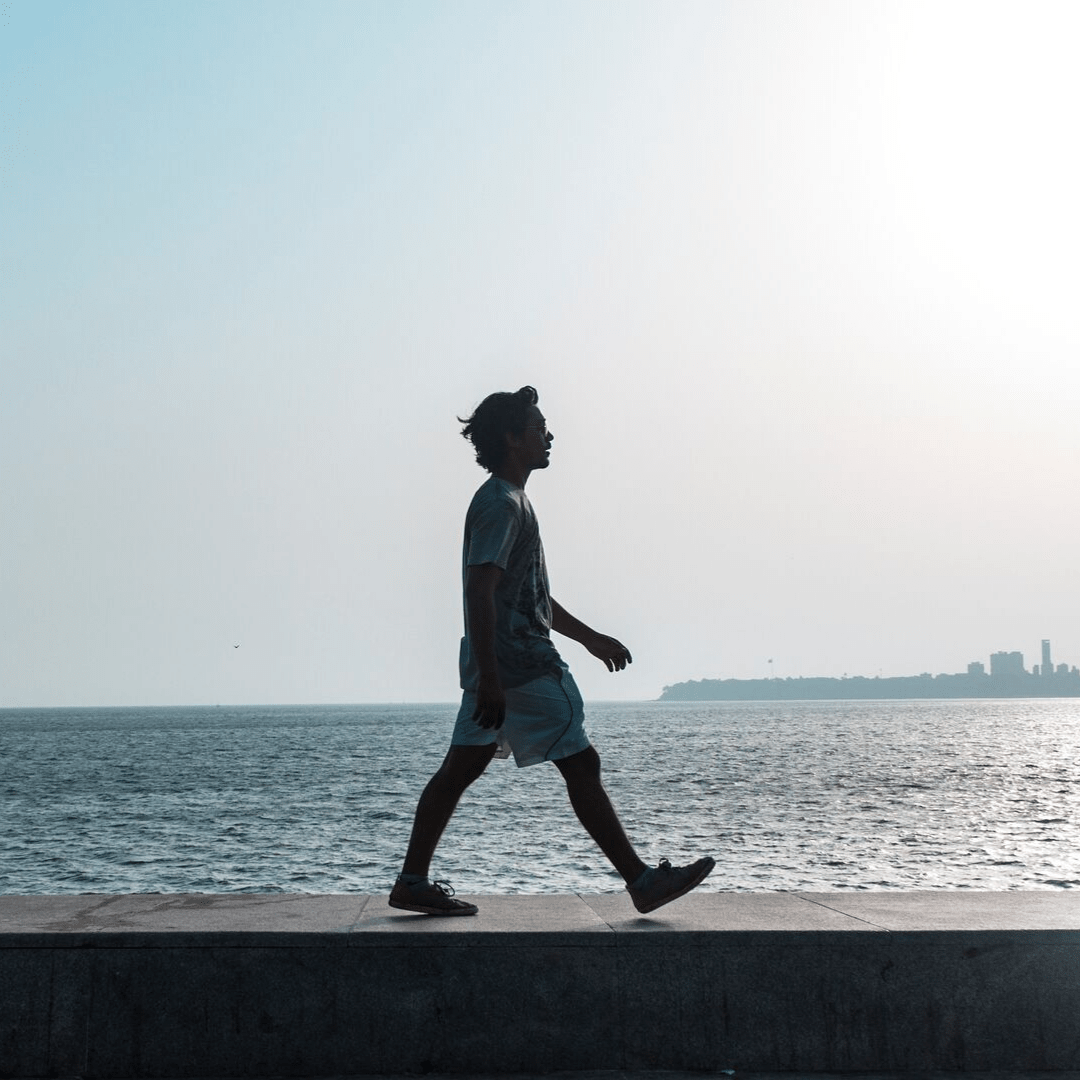We frequently see cases of back pain accompanied by leg pain, especially cases where the patient also has trouble walking as a result of the leg pain. There could be a whole host of reasons as to why you might be getting leg pain, but we’re going to avoid talking about the cases that are not related to back pain. So if you’ve got achilles tendinitis and your ankle hurts, or if you’ve injured your quads of your thigh muscles from overtraining – then your legs might be sore. We’re going to more-so address cases where the leg pain is sciatica, or leg symptoms ranging from shooting or burning pain that can occur from the buttocks down the legs, into the shins or feet.
If you’ve got an injury to your lower back, this will be irritating your nerves and sending pain down the legs. As the spine is naturally aligned in a way that allows it to resist the pressure of gravity effectively, and this for the most part allows you to go around and do the things that you want to on a daily basis. If your spine becomes misaligned, whether through poor posture adopted regularly, or an accident, your body fails to absorb the pressure of gravity effectively anymore. Those discs that protect your spine’s individual vertebra and keep your spine’s movement smooth and flexible, become squashed and wear much quicker. You might notice you start to get the occasional aching back, but it might go away within a couple of days and continue to recur again weeks or months later. You might also find you have stiffer muscles that usual. When the disc bulge starts to compress against the nerve, leg pain often then begins to affect your walking – and you might have shooting pains in your leg when coughing or sneezing.

We deal with back and neck problems day-in-day-out here at the clinic, so all of these bits of advice can really help you deal with the leg pain if it’s occurring due to nerve compression. If you have an injury specifically affecting your leg itself this is a different issue but the advice is not too dissimilar. If you’ve got an injury to your hamstring and you’ve strained it, don’t go and walk on it excessively. You need time to take a break and heal, then slowly reintroduce some of those activities that have previously cased you the pain. From then onwards if your muscle is feeling good, you can slowly increase the amount of stress you put on the structure.
We hope this article has been helpful for you, if you have any specific concerns or questions regarding your case please do feel free to get in touch with us. Call us on 0203 947 3222 or email us at info@themayfairclinic.com to speak with a member of the team or to book your first appointment. An initial consultation with the team includes a full, thorough examination, any X-rays if required, as well as a treatment on the day.
Contact Us.
Email Us
info@themayfairclinic.com
Call Us
0203 947 32 22
Clinic Address
4 Cavendish Square, London, W1g 0PG.